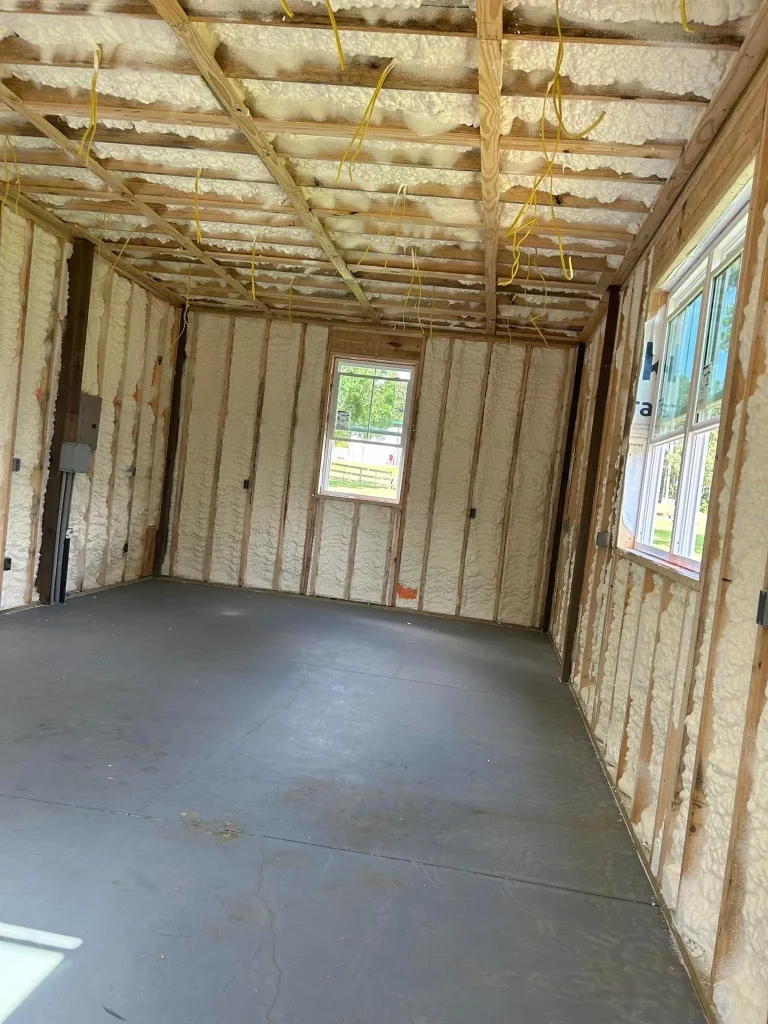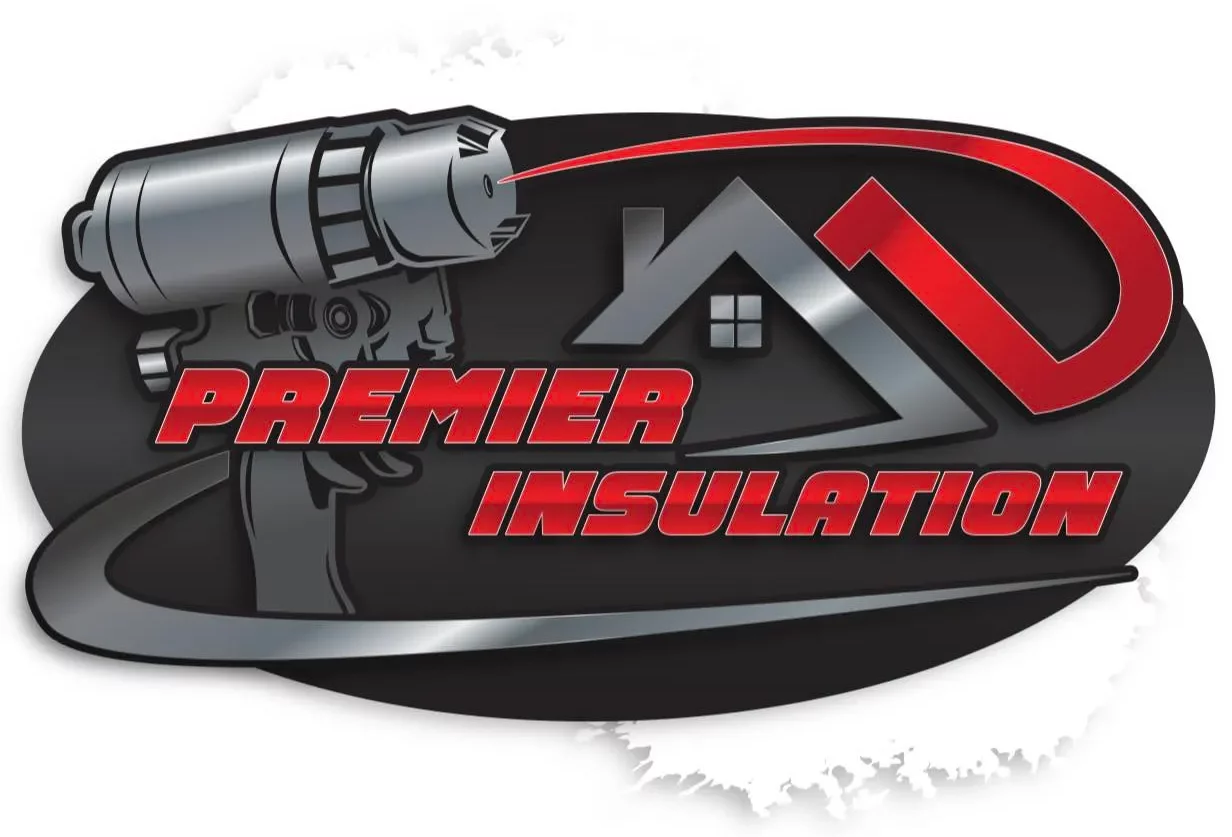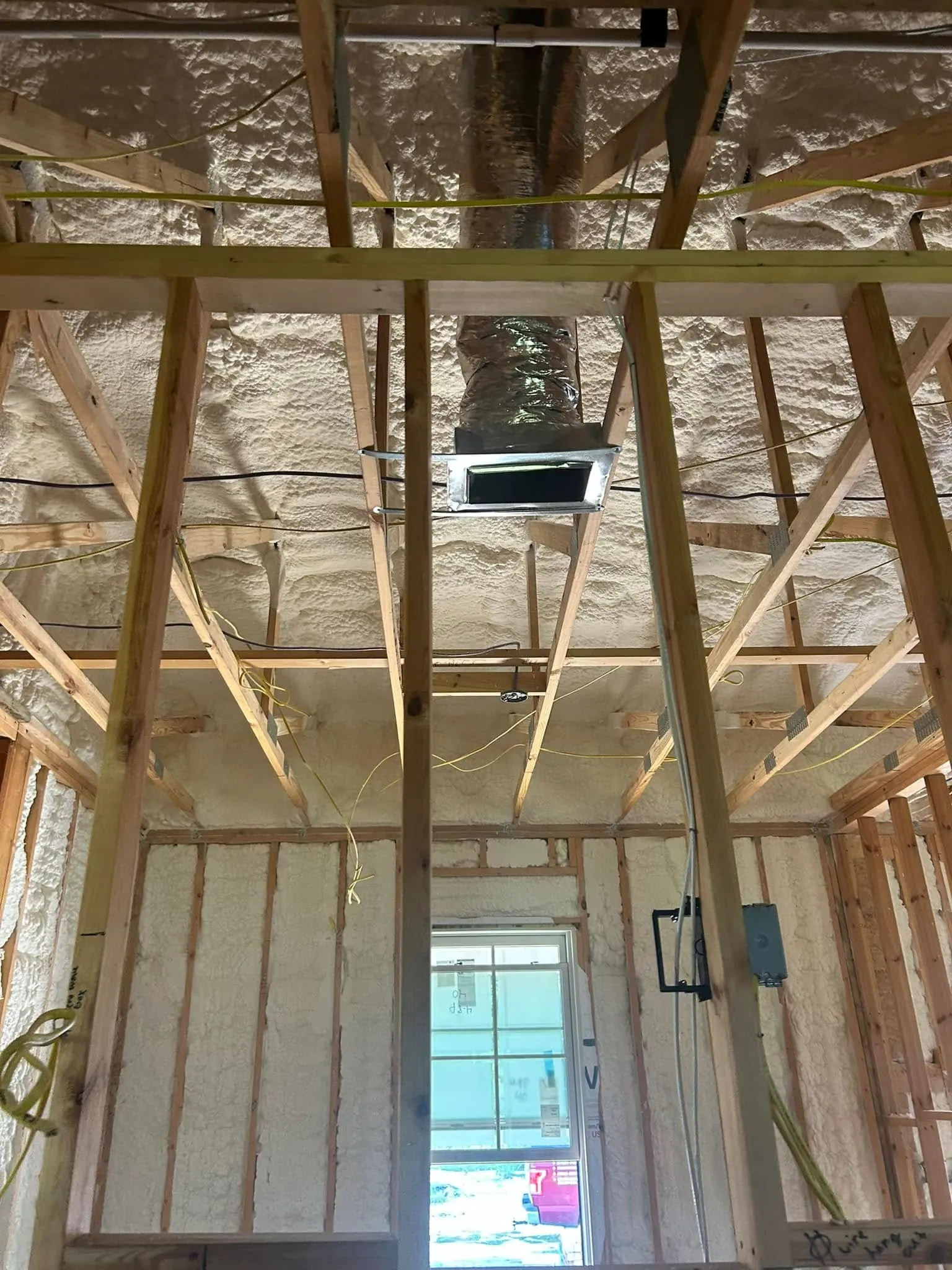The typical payback period for a spray foam insulation investment falls between 3 and 5 years for many residential properties. Homeowners recoup costs through lower energy bills as the material seals air leaks and reduces heating and cooling needs. Savings add up quickly in areas with high utility rates or extreme temperatures.
This article breaks down how payback periods work, factors that influence them, and steps to calculate a reliable estimate. Readers gain practical tools to assess their own situations based on real-world data and installation patterns.
Information here draws from years of observing spray foam applications in various homes, providing grounded advice on expected returns.
How Payback Periods Work
Payback period measures the time needed to recover initial costs from benefits like energy savings. For spray foam insulation, benefits include reduced utility payments and improved comfort. Unlike one-time expenses, these savings continue long after costs balance out.
Spray foam expands to fill gaps, creating a tight barrier against heat and cold. This setup cuts energy use by up to 30% in some cases, according to data from the U.S. Department of Energy. Homeowners see monthly bills drop, leading to faster recovery of the upfront price.
Bonus Tip: Check current energy bills before installation to establish a baseline for tracking savings.
Costs Involved in Spray Foam Insulation
Initial costs for spray foam vary by home size, material type, and location. Open-cell foam costs less per board foot but offers less R-value, while closed-cell provides better moisture resistance at a higher price.
Average costs run $1 to $2 per square foot for professional installation. A 1,500-square-foot home might total $3,000 to $6,000 for walls and attic. Labor adds 20-30% to material expenses in most regions.
Market data shows U.S. homeowners spent about $1.2 billion on insulation in 2022, with spray foam gaining share due to efficiency gains, per a report from Grand View Research.
Here’s a breakdown of typical costs:
| Component | Average Cost Range | Notes |
|---|---|---|
| Materials (open-cell) | $0.50-$1.00/sq ft | Lighter, better soundproofing |
| Materials (closed-cell) | $1.00-$2.00/sq ft | Denser, higher insulation value |
| Labor | $0.50-$1.00/sq ft | Includes prep and cleanup |
| Total for 2,000 sq ft home | $3,000-$8,000 | Varies by accessibility |
This table helps compare options and budget accordingly.
Understanding these costs is key to estimating how quickly energy savings will offset the investment.
Energy Savings and Payback Calculations
Energy savings depend on local climate and home efficiency. In warmer regions like Georgia, spray foam shines by blocking hot air infiltration during summer months. Cooling accounts for 40% of energy use in the Southeast, so reductions here speed up payback.
A study by Oak Ridge National Laboratory found spray foam cuts air leakage by 75% compared to traditional fiberglass. This leads to 15-25% lower bills annually. For a home with $2,000 yearly energy costs, $300 to $500 in savings shortens the payback to 4 years on a $4,000 investment.
To calculate: Divide total cost by annual savings. Factor in utility rates—national average at 13 cents per kWh in 2023, per the U.S. Energy Information Administration—plus local incentives that trim upfront expenses.
Bonus Tip: Use online calculators from energy.gov to input home specifics for a tailored estimate.
Regional guidance for humid areas like the Southeast emphasizes closed-cell foam to prevent mold growth in attics and crawl spaces.
Factors That Affect Payback Time
Home age plays a role; older structures with poor seals benefit more from spray foam’s airtight qualities. New builds might see longer paybacks if baseline efficiency is already high.
Utility prices fluctuate, impacting returns. In states with rising rates, payback shortens. Local incentives can further reduce costs and accelerate recovery.
Installation quality matters too. Proper application ensures even coverage, maximizing benefits. Poor jobs lead to uneven savings and extended periods.
Market facts indicate spray foam installations grew 8% yearly from 2018-2023, driven by demand for durable solutions, as noted in IBISWorld industry reports.

Things to Consider Before Making a Decision
Assess current insulation levels first. Adding spray foam over existing materials risks compression and reduced effectiveness.
Evaluate home layout. Multi-story homes may need more prep work, raising costs. Consider long-term plans—staying 5+ years justifies the investment.
Review local building codes. Some areas require specific foam types for fire safety. Get multiple quotes to compare prices without pressure.
Think about environmental impact. Spray foam uses chemicals, so ventilation during install is key. Weigh this against lifetime energy reductions.
Bonus Tip: Inspect for moisture issues beforehand, especially in basements, to avoid complications.
Common Questions
What do homeowners frequently ask about when it comes to insulation?
Homeowners frequently ask about maintenance. Spray foam lasts 20-30 years with minimal upkeep, unlike batt insulation that settles over time.
What concerns do people have about installing insulation themselves?
Another concern involves DIY options. Professional installation ensures safety and performance, avoiding health risks from fumes.
What kind of warranty coverage do spray foam insulation products typically offer?
Questions on warranties often arise. Most products carry 25-year coverage against defects, providing peace of mind.
Final Thoughts on Spray Foam Investments
Spray foam insulation delivers a 3-5 year payback through solid energy cuts and home improvements. Factors like location and home condition shape exact times. Homeowners should review bills, explore incentives, and plan for their climate to make informed choices.
Focus on personal needs and future energy trends to decide if this fits.
Ready to Explore Your Options
Contact Premier Insulation at premiereinsulationga@gmail.com or call (229) 554-3939 for guidance on insulation assessments. Discuss home details to understand potential savings tailored to your setup. Take the next step toward lower bills with informed planning. (72 words)
Sources
- U.S. Department of Energy – Government resource on insulation types, energy savings, and efficiency tips relevant to payback calculations.
- Oak Ridge National Laboratory – Research on building envelope performance, including air leakage reductions from spray foam studies.
- Grand View Research – Market report detailing U.S. insulation spending trends and growth in spray foam adoption.
- U.S. Energy Information Administration – Data on national utility rates and energy consumption patterns for accurate savings estimates.
- IBISWorld – Industry analysis on insulation sector growth and demand drivers from 2018-2023.
Answers to Key Questions About Spray Foam Payback
Does Climate Change the Payback Period?
Yes, colder climates speed payback through heating savings, while hot areas focus on cooling. In Georgia, summer demands make returns quicker, often under 4 years.
Can Incentives Shorten the Payback?
Tax credits like the federal 30% for energy-efficient upgrades cut costs directly. Combine with state rebates for even faster recovery.
How Does Spray Foam Compare to Other Insulations?
Fiberglass pays back in 5-7 years with lower upfront costs but less sealing. Spray foam’s superior performance justifies the price for high-use homes.
Is Spray Foam Worth It for Small Homes?
For spaces under 1,000 square feet, savings scale down, but comfort gains remain. Payback still hits 3-5 years if energy use is significant.
What If Energy Prices Drop?
Lower rates extend payback slightly, but foam’s durability ensures ongoing benefits beyond the initial recovery.


